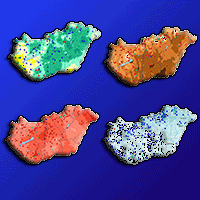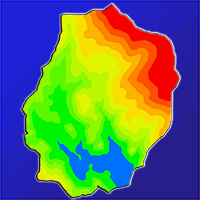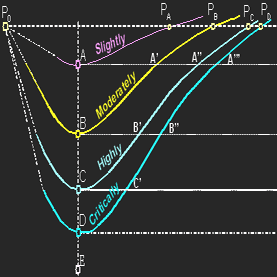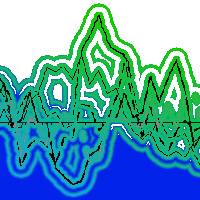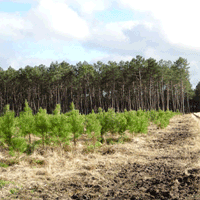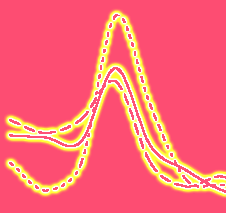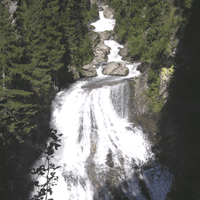
Increasing dissolved organic carbon concentrations in freshwaters: what is the actual driver?
iForest - Biogeosciences and Forestry, Volume 3, Issue 4, Pages 106-108 (2010)
doi: https://doi.org/10.3832/ifor0546-003
Published: Jul 15, 2010 - Copyright © 2010 SISEF
Review Papers
Collection/Special Issue: NFZ Summer School 2009 - Birmensdorf (Switzerland)
Long-term ecosystem research: understanding the present to shape the future
Guest Editors: Marcus Schaub (WSL, Switzerland)
Abstract
Since the beginning of the 1990s, an increase in dissolved organic carbon (DOC) has been observed in rivers and lakes in various parts of Europe and North America. The processes responsible for the increased DOC concentrations are complex and not entirely understood. The aim of this review is to provide an overview of the recent debate about increases in the DOC concentrations in surface water and their possible drivers.
Keywords
Dissolved organic carbon, Atmospheric deposition, Freshwater, Climate change
Authors’ Info
Paper Info
Citation
Sucker C, Krause K (2010). Increasing dissolved organic carbon concentrations in freshwaters: what is the actual driver?. iForest 3: 106-108. - doi: 10.3832/ifor0546-003
Paper history
Received: May 25, 2010
Accepted: Jun 01, 2010
First online: Jul 15, 2010
Publication Date: Jul 15, 2010
Publication Time: 1.47 months
Copyright Information
© SISEF - The Italian Society of Silviculture and Forest Ecology 2010
Open Access
This article is distributed under the terms of the Creative Commons Attribution-Non Commercial 4.0 International (https://creativecommons.org/licenses/by-nc/4.0/), which permits unrestricted use, distribution, and reproduction in any medium, provided you give appropriate credit to the original author(s) and the source, provide a link to the Creative Commons license, and indicate if changes were made.
Web Metrics
Breakdown by View Type
Article Usage
Total Article Views: 61035
(from publication date up to now)
Breakdown by View Type
HTML Page Views: 51439
Abstract Page Views: 3502
PDF Downloads: 5093
Citation/Reference Downloads: 52
XML Downloads: 949
Web Metrics
Days since publication: 5627
Overall contacts: 61035
Avg. contacts per week: 75.93
Citation Metrics
Article Citations
Article citations are based on data periodically collected from the Clarivate Web of Science web site
(last update: Mar 2025)
Total number of cites (since 2010): 27
Average cites per year: 1.69
Publication Metrics
by Dimensions ©
Articles citing this article
List of the papers citing this article based on CrossRef Cited-by.
References
Use of water clarity to monitor the effects of climate change and other stressors on oligotrophic lakes. In: Proceedings of the 5<sup>th</sup> National Science Meeting of the “Ecological Monitoring and Assessment Network”. Kluwer Academic Publishing, Victoria, Canada, pp. 69-88.
Gscholar
Increases in DOC in remote lakes and rivers: a signal of climate change or return to pre-acidification conditions? In: “Trends in surface water chemistry and biota; The importance of confounding factors” (de Wit H, Skjelkvåle BL eds). Norwegian Institute for Water Research, Oslo. ICP Waters Report 87/2007: 39-49.
Gscholar
Regional scale evidence for improvements in surface water chemistry 1990-2001. Environmental Pollution 137: 165-176.
CrossRef | Gscholar

